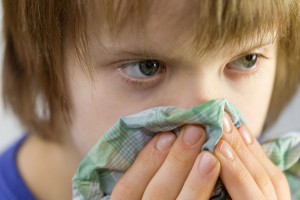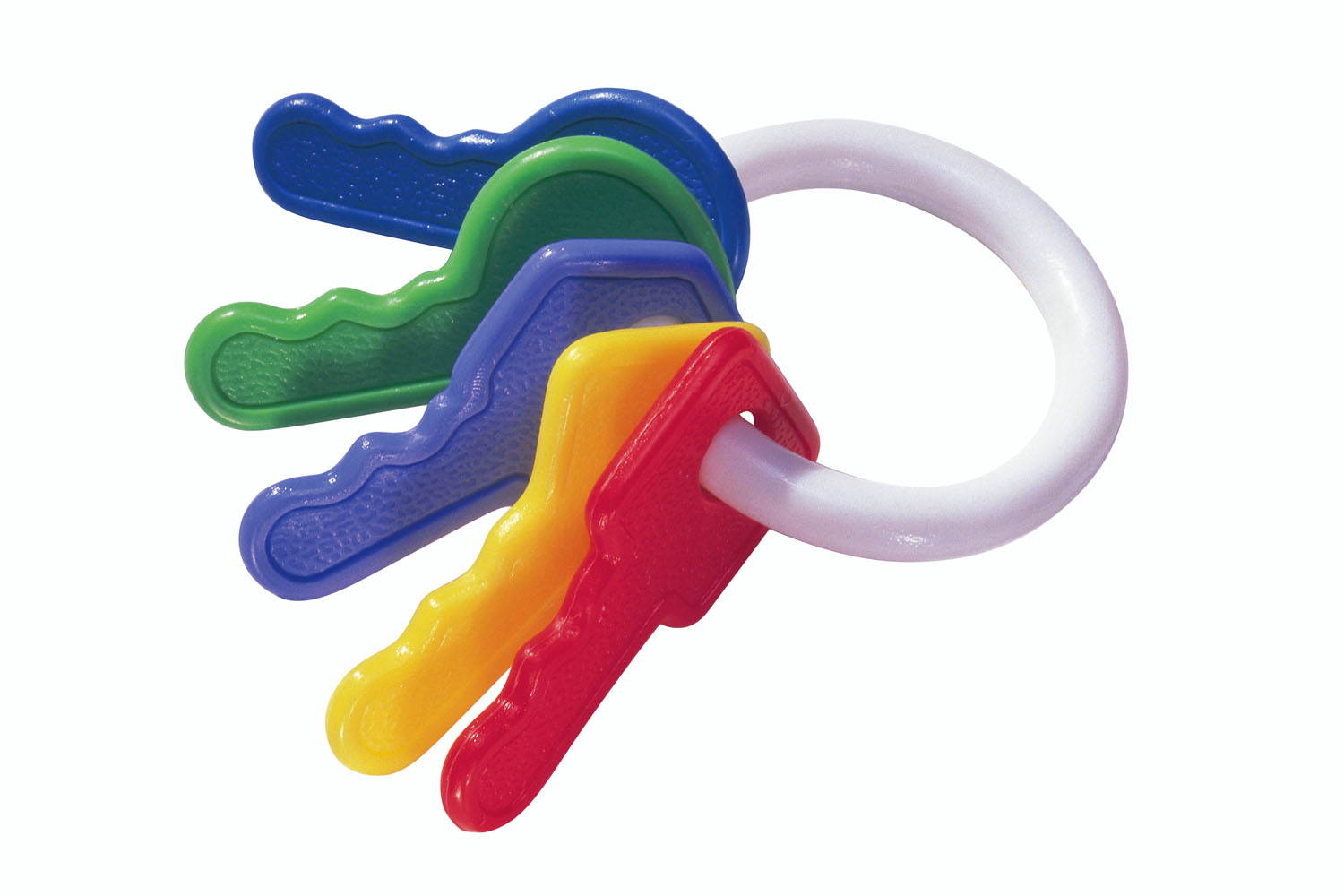- Tahoe’s Nevada Beach Tops the List of Hard-to-Book Campgrounds - 07/17/2024
- Cannabis Watershed Protection Program Cleans Up Illegal Grow Sites - 07/10/2024
- French Fire - 07/05/2024
Dear EarthTalk: My family has bad allergies and I’d like to improve our indoor air quality. What are some steps I should take?
— Marcia Lane, Scranton, PA
Even for those of us without allergies, poor indoor air quality is an often overlooked health issue. Recent research has shown that the air inside some buildings can be more polluted than the outdoor air in the most industrialized of cities. And since many of us spend some 90 percent of our time indoors, cleaning the air where we live and work might be one of the most important things we can do for our health.
The U.S. Environmental Protection Agency (EPA) lists three basic strategies for improving indoor air: source control, improved ventilation and air cleaners. Source control, whereby emissions from individual sources of pollution are eliminated or reduced—for instance finding somewhere outside the home to store old paint and construction supplies—is typically the most effective strategy.
If the sources of pollution are beyond your control, bringing in more air from outside through better ventilation is the best bet. “Most home heating and cooling systems, including forced air heating systems, do not mechanically bring fresh air into the house,” the EPA warns. “Opening windows and doors, operating window or attic fans when the weather permits, or running a window air conditioner with the vent control open, increases the outdoor ventilation rate.” The agency adds that local bathroom or kitchen fans that exhaust outdoors also remove contaminants while increasing the outdoor air ventilation rate.
Air cleaners (either mechanical filters or electronic cleaners) can also help reduce or remove some forms of indoor air pollution. “Some air cleaners are highly effective at particle removal, while others, including most table-top models, are much less so,” reports the EPA. “People with sensitivity to particular sources may find that air cleaners are helpful only in conjunction with concerted efforts to remove the source.” The agency’s free online “Guide to Air Cleaners in the Home” compares the general types of residential air cleaners and their effectiveness in reducing pollutants including particles and gaseous contaminants.
Some of us swear by our houseplants for keeping our indoor air free of pollutants. Mother Nature Network reports that certain plants are known to filter out specific contaminants: Aloe removes airborne formaldehyde and benzene; spider plants scrub carbon monoxide and xylene; and gerbera daisies take the trichloroethylene left over from dry cleaned items out of your air. The EPA, however, does not consider houseplants to be especially effective at air filtration, and even warns that overwatered indoor houseplants can in and of themselves present a health hazard because damp soil may promote the growth of allergens.
Good housekeeping also can go a long way toward improving indoor air. WebMD reports that regular mopping and vacuuming (with a HEPA-filter-equipped vacuum cleaner), keeping interior moisture levels low, maintaining a smoke-free environment, and ditching chemical air fresheners are all key to maintaining good breathing space inside. WebMD also suggests testing your home for radon, a radioactive gas found in soils that can penetrate cracks in a building’s foundation and has been linked to lung cancer.
CONTACTS: EPA Indoor Air Quality, www.epa.gov/iaq/; WebMD’s “Breathe Easy: 5 Ways to Improve Indoor Air Quality,” www.webmd.com/lung/features/12-ways-to-improve-indoor-air-quality.
EarthTalk® is written and edited by Roddy Scheer and Doug Moss and is a registered trademark of E – The Environmental Magazine (www.emagazine.com). Send questions to: earthtalk@emagazine.com. Subscribe: www.emagazine.com/subscribe. Free Trial Issue: www.emagazine.com/trial.













